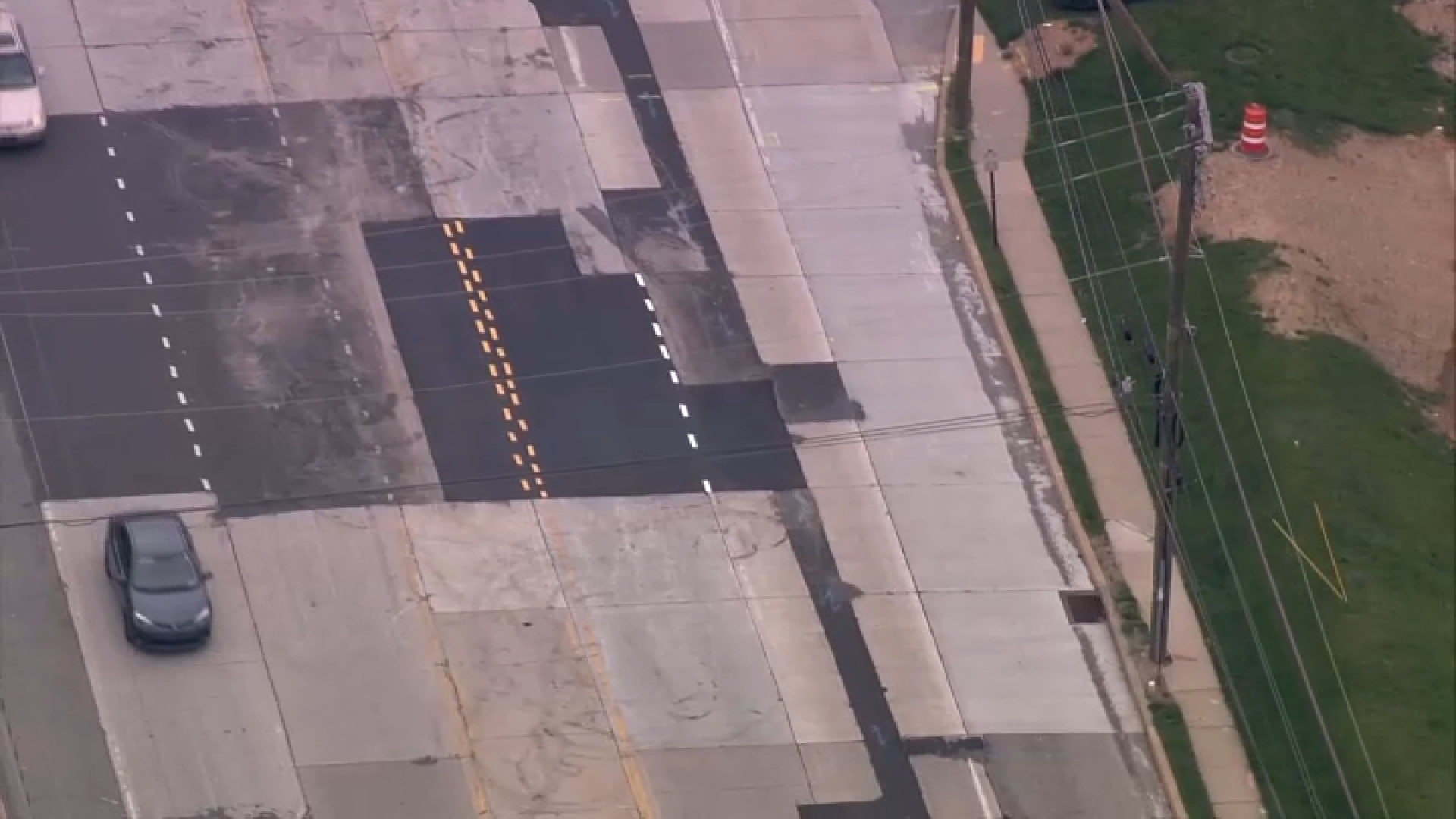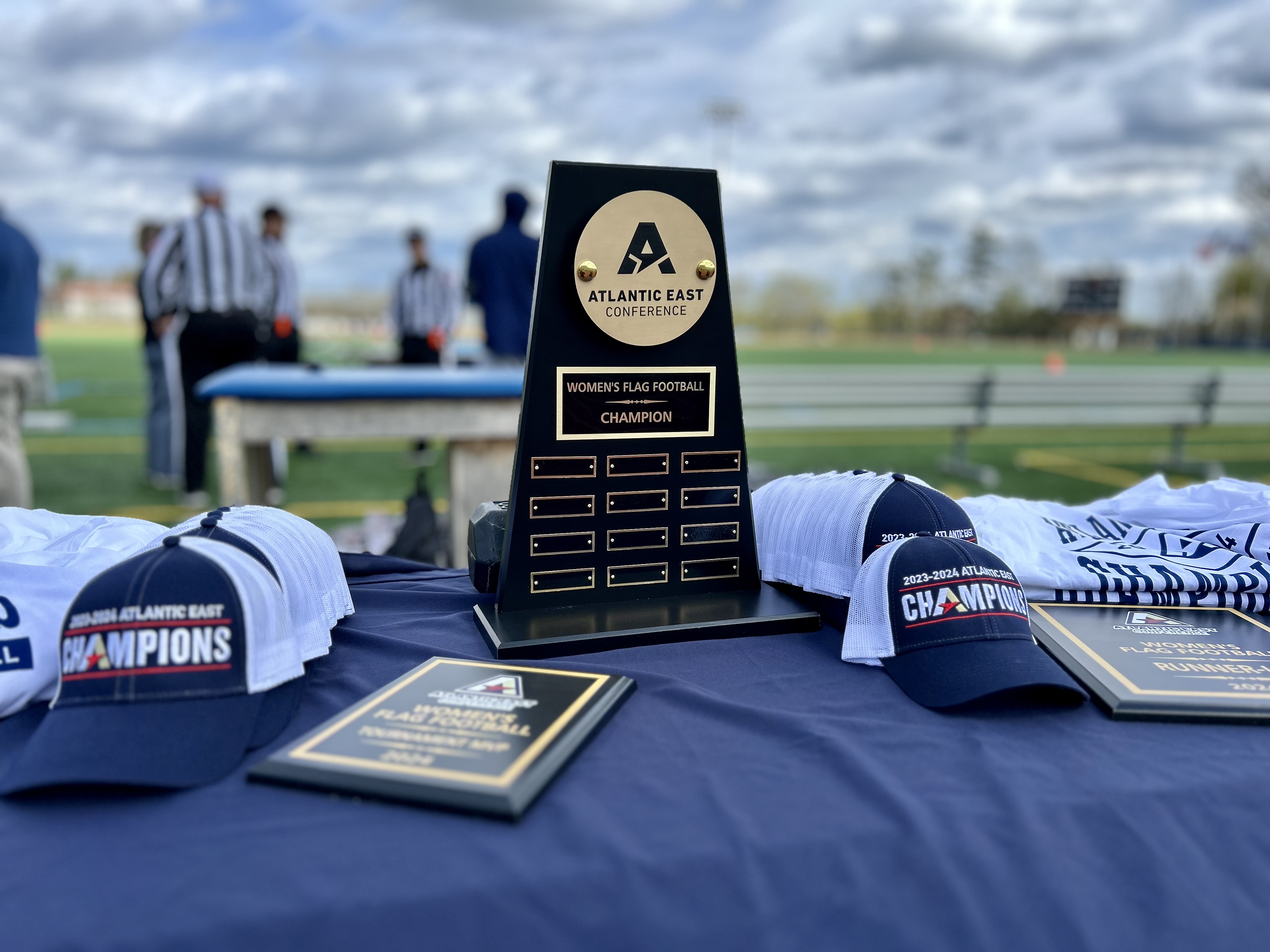
Don't come to Philadelphia, activist Charito Morales told Puerto Rican families hoping to resettle in Pennsylvania.
It's an unexpected message from a woman who has dedicated her life to helping the Puerto Rican community in Philadelphia. But Hurricane Maria and the subequent flood of evacuees to Pennsylvania further exacerbated a problem that has long plagued impoverished Puerto Ricans. There are not enough resources to go around.
“We want the city to tell the truth,” she said during a Thursday news conference outside of the Federal Emergency Management Agency offices in Center City. “They don’t have resources. They don’t have a place for you to live. Stay home, ask people to help you on the island.”
Nearly 40 percent of Hispanics already residing in Philly live below the federal poverty line, accoridng to the 2018 State of the City report by Pew Charitable Trusts.
Despite scrant resources, Philadelphia was quick to open its doors after Hurricane Maria struck the island in September. Mayor Jim Kenney, Councilwoman Maria Quinoñes-Sanchez and others called on the federal and local government to extend the same amount of aid to Puerto Rico as was given to Houston following Hurricane Harvey.
But Puerto Ricans living in Philadelphia claim that not enough has been done to help their relatives on the island or even those living here.
Local
Breaking news and the stories that matter to your neighborhood.
Community organizer Tania Rios Marrero moved back to Philadelphia just four months before devastation struck her native Puerto Rico. She has spent her entire life traveling between the two places and has many relatives who continue to struggle on the island. Her 85-year-old grandmother didn’t have power or running water for six months, she said.
“I talk to her when there’s service,” Marrero told NBC10.
When asked how the elderly woman survived without utilities, Marrero said: “She believes in God.”
Earlier this week, Marrero joined a handful of volunteers to distribute fresh fruits and vegetables to anyone who lined up outside the Lillian Marrero Branch of Philadelphia’s Free Library in North Philadelphia. The building, with its Grecian columns and white limestone, was dedicated to Marrero’s mother in 2005 after the beloved community activist and librarian died. Like her mother, Marrero dedicates her days to helping others. On this particular day, more than 230 people received free food.
Marrero describes both her native island and her adopted community as colonies. People in Puerto Rico are dependent on the federal government for resources, yet that aid has been scarce since Hurricane Maria, she said. Food and other supplies arrive to the city of San Juan, but people, like her grandmother, who live in the rural countryside have no way to access it. Roads remain impassible and many residents can’t afford to buy or rent cars.
Likewise, the poorest of the poor in Philadelphia are Puerto Ricans, she said. They live separated from the rest of the city and rely on each other to get by, Marrero added.
“People are tremendously resilient,” she said. “They are providing for themselves.”
Several blocks away from the Lillian Marrero library, a giant yellow and blue orb greets visitors at Taller Puertorriqueño, a gallery and sanctuary for the Puerto Rican community in North Philadelphia.
That orb is called “The Mirror” and was hand-drawn by Grimaldi Baez for an ongoing exhibit called “Extension or Communication: Puerto Rico.” The multimedia exhibit is part of a larger effort to engage with the local community and highlight grassroots efforts that emerged in the wake of Hurricane Maria.
Most of the artists and people associated with the exhibit visited the island after the destruction. Some of their relatives remain there, but others, including Baez’s, fled Puerto Rico for the mainland.
Extension or Communication: Puerto Rico
Baez’s own work resembles a hurricane. Its circular pattern is dotted with what appears to be bits of debris floating through the chaos. The drawing is massive - much taller and wider than any one person. The physical discomfort Baez experienced creating it parallels the pain he witnessed in Puerto Rico, he said.
“I came to understand how trauma works. How trauma is held in the body,” he said. “For me, the space between things is very important because it’s a space of agency. It’s a space where we have a choice.”
Both Marrero and Baez are part of a movement in North Philadelphia to fill the space between here and Puerto Rico. They are activists, organizers and artists who fight on behalf of Philly’s most marginalized community. As Baez and Marrero explain it, they do what the federal and city governments frequently fail to do: help Puerto Ricans drowning in poverty.
“This is the poorest zip code in Philadelphia,” Marrero said. “19133.”
Baez has visited his native Puerto Rico twice since the storm first hit in September. He was struck by the generosity of the people there, who fed him whatever they grew in their own backyards. Despite their poverty, Baez said he ate more in Puerto Rico than he does on any given day in Philadelphia. It’s a choice, he said, to look after one another despite whatever hardships people are enduring.
An unsettling silence greeted Baez when he first arrived in Puerto Rico. It was 90 days after Hurricane Maria devastated the U.S. territory and the lush canopy that once covered much of the island had been replaced with new foliage. It was just starting to take root amid the rubble and debris.
“There was a weight in people’s bodies that I could see,” Baez said. “Especially in older people - you could tell they were more affected.”
That same weight can be felt in Philadelphia, he said. Baez was one of several Philadelphia activists protesting outside of FEMA's Center City this week. He wants to see a longterm solution for these evacuees and Philadelphia, with its high Puerto Rican population, felt like a natural ally. But Baez said he hasn't seen the kind of aid he would expect from the City of Brotherly Love.
“The hurricane is not the problem,” Baez said. “It’s the response.”
Baez’s work is currently on display at Taller Puertorriqueño. To learn more about the exhibit and upcoming workshops, click here.



